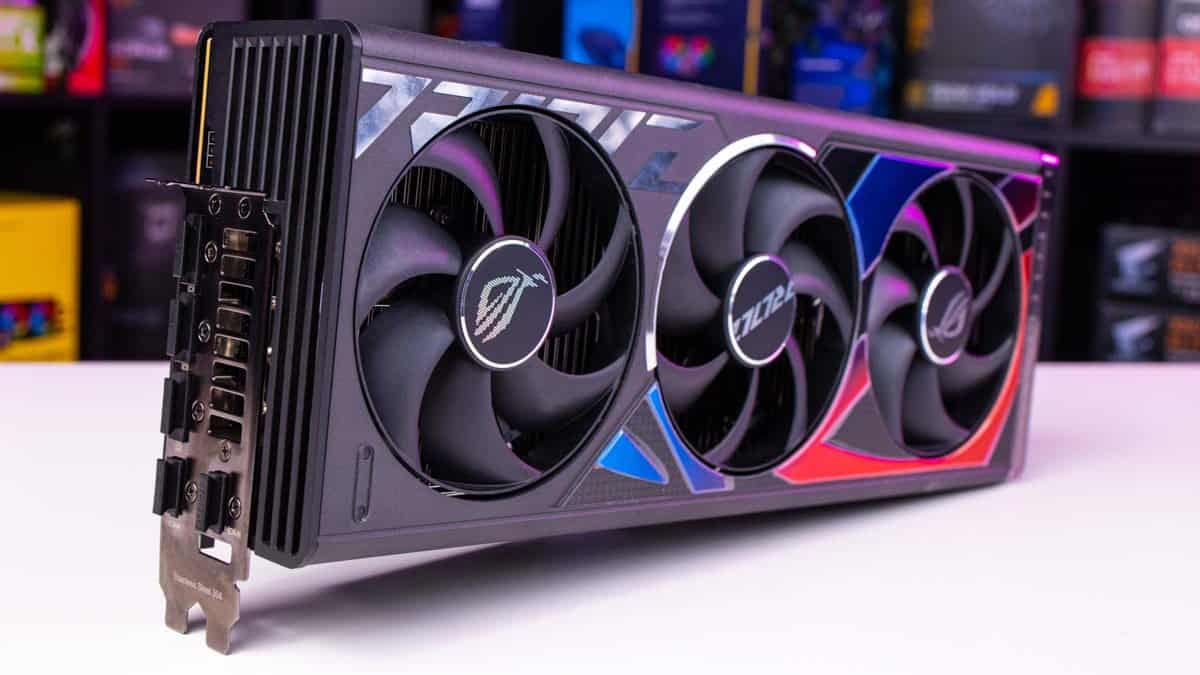Digital Insights
Your go-to source for the latest in technology and gadget reviews.
When Your GPU Starts Acting Like a Diva
Is your GPU throwing tantrums? Discover tips to tame your diva graphics card and restore harmony to your gaming experience!
Common Signs Your GPU is Throwing a Fit: Troubleshooting Tips
Experiencing issues with your GPU can be frustrating, especially when it starts showing signs of distress. Some common signs your GPU is throwing a fit include abnormal graphics artifacts, such as strange lines or shapes appearing on your screen. These artifacts can manifest as flickering visuals, ghosting, or other visual glitches that disrupt your gaming or graphic design experience. Additionally, keep an eye out for sudden crashes during high-demand tasks, overheating indicators, or even a drop in frame rates that seem out of sync with your hardware capabilities.
If you suspect that your GPU is not functioning properly, taking proactive steps can help resolve the issue. Start by checking your GPU temperature using monitoring software like MSI Afterburner, as overheating can lead to severe performance issues. It's also wise to ensure that your drivers are up to date, as outdated drivers may cause compatibility problems. If you're seeing persistent issues despite these checks, consider cleaning your GPU and reapplying thermal paste, or even performing a stress test to assess its performance under load. Following these troubleshooting tips can help identify and alleviate the problems before they escalate further.

How to Calm Your Temperamental GPU: Best Practices and Solutions
Dealing with a temperamental GPU can be frustrating, but understanding how to calm it down is essential for maintaining optimal performance. Start by cleaning your GPU regularly. Dust buildup can lead to overheating, which in turn causes performance issues. Use compressed air to blow out dust from the fans and heatsinks. Additionally, consider applying new thermal paste if you're comfortable disassembling your GPU. This not only improves heat transfer but also helps in keeping the GPU cool during intensive tasks.
Another effective way to soothe your GPU is by monitoring its temperature. Use software tools to keep an eye on thermal metrics and ensure they stay within a safe range. Setting fan curves can be a game-changer; increase fan speed at lower temperatures to prevent overheating. Finally, avoiding overclocking unless necessary is highly advised. While overclocking can enhance performance, it also raises the risk of instability and heating issues, ultimately aggravating your GPU's temperamental nature.
Is Your GPU Overheating? Signs, Symptoms, and Remedies
Is your GPU overheating? This can lead to a variety of issues, from reduced performance to permanent damage, making it crucial to identify the signs and symptoms early on. Common indicators include excessive fan noise, frequent crashes during gaming or intensive tasks, and thermal throttling, where the GPU reduces its performance to prevent damage. Keep an eye on the temperature readings during usage; ideal temperatures range typically between 65-85°C. If you notice your GPU temperatures consistently above this threshold, you may be dealing with an overheating issue.
Once you've determined that your GPU is indeed overheating, it's important to take proper remedies to mitigate the problem. Start by ensuring that your computer's cooling system is functioning effectively: check for dust buildup in your fans and heatsinks, and clean them if necessary. Additionally, consider reapplying thermal paste or upgrading your GPU cooler if the problem persists. You may also want to optimize your computer's airflow by rearranging components and ensuring that cables are tidy and do not obstruct airflow. Taking these steps can enhance your GPU's cooling efficiency, ultimately prolonging its lifespan.